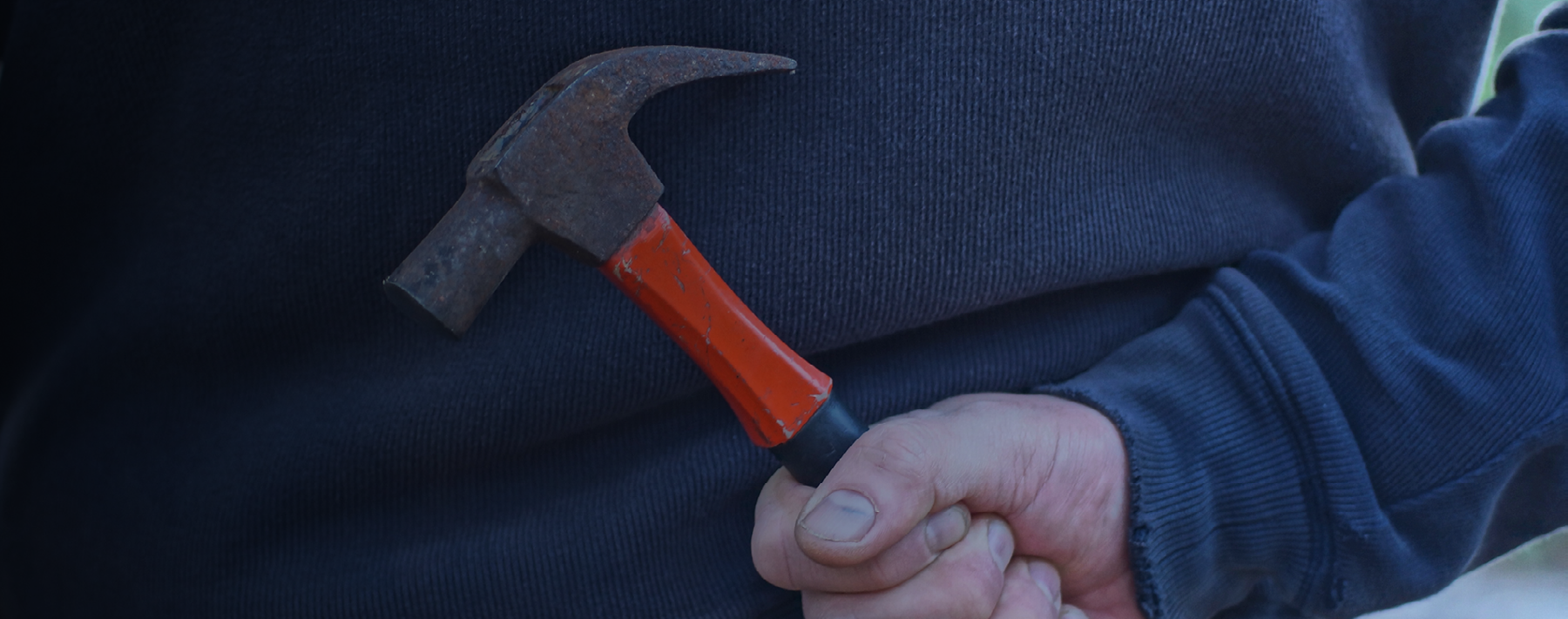Camm v. Faith, 937 F.3d 1096 (7th Cir. 2019)
On the evening of September 28, 2000, David Camm, a former Indiana State Trooper, returned home from a church basketball game. On arriving home, Camm discovered his wife, Kimberly, lying in a pool of blood on the garage floor; she had been shot in the head. He then found his two children dead in the backseat of his wife’s vehicle, also from gunshot wounds. Camm thought his son could still be alive, so he pulled him from the car and began performing CPR. As he removed the boy’s body from the car, some of his young daughter’s blood ended up on the front of Camm’s T-shirt.
After a futile attempt to resuscitate his son, Camm called the Indiana State Police. Stan Faith, the elected prosecutor, arrived and took over the investigation. Faith promptly called an out-of-state self-styled expert on blood spatter analysis. The expert was not available but agreed to send his assistant, Robert Stites. Stites told Faith the blood on Camm’s shirt was “high velocity impact spatter,” implicating Camm as the killer. The most experienced police investigator soon realized Stites was spinning tall tales and was obviously unqualified. Nonetheless, Faith insisted Stites play a key role in the investigation.
Investigators found a prison-issue sweatshirt in the garage with the name “Backbone” on the collar. Investigators also found a clear palm print on the window of the car. The palm print and sweatshirt were set aside.
At the first trial, Stites claimed he was a crime-scene reconstructionist, working on both a master’s degree and Ph.D. in fluid dynamics. Stites testified he had investigated homicides for the Army, Naval Intelligence and the FBI. Faith repeatedly referred to Stites as “professor.” Each statement was a lie and Faith knew it. In fact, Faith had to coach Stites on how to present the blood spatter patterns as credible evidence. Stites never pursued a degree in fluid dynamics or had taken a single course in the field. In fact, he had failed a chemistry course in college.
Camm was convicted. After two years, he was granted a new trial. The voters had lost faith in Faith and elected a new prosecutor, Keith Henderson. Henderson opted to try Camm again. A new investigator, Gary Gilbert, was assigned. In the second prosecution, the probable cause statement included two new allegations: a claim that Camm confessed on the night of the murders and that he later confessed to a jailhouse informant. One wonders why Faith, so willing to admit false evidence, would have omitted this information in the first probable cause statement.
The new investigator had a DNA profile taken from the prison sweatshirt. The DNA matched Charles Boney, a repeat violent offender with a history of attacking women at gunpoint. Prison officials confirmed Boney’s nickname was indeed Backbone (the name on the sweatshirt’s collar). Boney’s fingerprints matched the fingerprints on the car where Camm’s murdered family was found.
After 20 hours of interrogation over several sessions, Boney wavered from denying any knowledge of the murders to claiming he brought the murder weapon to the scene, but stood by while Camm killed his family. Investigators questioned Boney in a fashion apparently intended to “implicate Camm—in order to avoid the death penalty.” Camm was convicted again.
The legal lesson is simple: Lie about evidence, mislead the court, cause a miscarriage of justice, and monetary damages may follow.
Boney was tried separately and convicted of murder and conspiracy. He was initially represented by a long-time acquaintance of his mother—Faith, the former prosecutor. Faith explained he never pursued the obvious clue of a prison sweatshirt with a name and DNA profile because he was not aware Boney’s nickname was Backbone.
Henderson accepted a contract to write a book about the case, receiving an advance check. Camm’s attorney found out and asked to have Henderson removed from the case. Henderson fought the removal while Camm remained in prison. Eventually the Indiana Court of Appeals removed Henderson and ordered the appointment of a special prosecutor. The Indiana Supreme Court followed up with a well-deserved public reprimand for Henderson’s misconduct.
Camm’s conviction was again reversed and he was again charged and tried (after Boney’s conviction). The jury found him not guilty and he was immediately released, after 13 years in custody. Camm filed suit against several of the investigators, the two prosecutors, and the bogus “Professor Stites” and his boss.
The trial court granted qualified immunity to all defendants and dismissed the lawsuit. The Court of Appeals reversed on most of the counts. The court observed, “The record also contains ample evidence that Faith acted unlawfully… , more than anyone, was aware of his own lack of qualifications. He not only withheld that information but went further, claiming that he could make complex scientific conclusions at the scene of the crime with 100% certainty. He said this even though he had no relevant education or training, had never been to a crime scene where fresh blood was present, and had never processed a homicide scene.” It would be an easy task for a jury to find Faith and Stites lied intentionally or with a reckless disregard for the truth. Stites’ boss, Robert Englert, was aware of Stites’ lies and did nothing to correct them or to prevent Stites from lying under oath.
The facts recited here are but a synopsis. Admittedly, they’re drawn from a court’s opinion rendered in a context where factual disputes must be viewed in the light most favorable to Camm. What should you take away from such a bizarre case? There are so many glaring questions. Why didn’t anyone call the prison and ask about the sweatshirt with the nickname? Why wasn’t the palmprint checked against the national database? Either would have quickly led to Boney. Why didn’t the investigators push back harder against Faith when he hired a fake professor? Why were the first, second and third probable cause statements so different?
The legal lesson is simple: Lie about evidence, mislead the court, cause a miscarriage of justice, and monetary damages may follow. For prosecutors, a public whipping from the state supreme court may follow, too. The moral lesson is simpler: Don’t lie, don’t fabricate evidence. Not to diminish the damage to Camm, but cases like this strike hard blows and lasting damage to the public trust in police.
This blog was featured in our Xiphos newsletter, a monthly legal-focused law enforcement newsletter authored by Ken Wallentine. Subscriptions are free for public safety officers, educators and public attorneys. Subscribe here!



